Great for families and a love for kids, very affectionate companion

Tibetan Spaniel Spotlight
- Initially bred as watchdogs
- Nicknamed “Tibbies”
- Companions of Buddhist monks centuries ago
- Low ranking in popularity
- Cat-like
- Low exercise needs
- Smart and affectionate
- Kid friendly and suitable for families
History
Tibetan Spaniels are a breed with a rich history. Their origination dates back more than 2,500 years ago to the Himalayan Mountains when their ancestors are said to have resided in monasteries with Buddhist Monks, who affectionately dubbed them “Little Lions” and bred them as watchdogs. Lions were important in Buddhist symbology, which only served to increase the breed’s popularity in this region.
Official recognition came rather late for the breed, with recognition given by the English Kennel Club in 1960 and by the American Kennel Club in 1984. Tibetan Spaniels are currently ranked as the 120th most popular dog breed by the AKC.
Personality & Temperament
Tibetan Spaniels are intelligent dogs that have a lot of confidence and love to play. The breed is generally recommended for families and homes with children. They do well in nearly any living situation, whether it’s a 600 square foot studio apartment or a house with a fenced yard, but they do not adapt well to extreme weather, such as severely hot or cold temperatures.
Tibetan Spaniels enjoy playtime just as much as any other breed, but they are known for being laid back dogs and are wonderful companions that know when to just sit back and relax. They are excellent watchdogs, which is to be expected considering they were originally bred for that purpose. They will alert their owners whenever someone approaches their territory or whenever they hear or see something unusual, but early training can prevent these barking habits from becoming excessive.
Tibetan Spaniels are considered to be one of the most “cat-like” tiny breeds and can often be found curled up on a piece of furniture or perched on tall surfaces so they can peer out of the window. Unlike most cats, however, they are very affectionate toward their owners and are quite social. Tibetan Spaniels generally display affection towards children as well, but because of their size they are susceptible to injuries due to rough handling or mistreatment and should not be placed in homes with younger children who are unable to understand proper handling and behavior around animals.
They can develop separation anxiety easily, so they are not a good match for owners who are very busy and do not spend much time at home.Tibetan Spaniels are also known for their loyalty to their owners and families. This is overall a positive characteristic, but it also means the breed can become threatened by or impolite toward strangers if they are not socialized early.
Appearance & Grooming
Tibetan Spaniels are a sturdy breed with a small, rounded head that is relatively small compared to the size of the body. Their eyes are almond-shaped and deep brown in color, and any other variations in eye color are considered to be a fault in the breed. The coat of a Tibetan Spaniel can come in many different colors and in a variety of patterns.
The neck hosts an extra thick patch of hair that resembles a mane, which is what earned them their “Little Lion” nickname centuries ago, but it should be noted that this mane is much more prominent in male dogs than in female dogs. Tibetan Spaniels have a large, feathery tail that extends outward and over the top of the back.
Tibetan Spaniels are double-coated and they should be thoroughly brushed on a weekly basis to prevent matting. They shed a moderate amount but temporary increases in shedding a couple of times throughout the year should be expected. They should be bathed on a monthly or bi-monthly basis depending on factors like skin sensitivity and time spent outside, and frequent attention should be given to their teeth and nails.
Health
Health issues can arise in even the healthiest of breeds. Issues that are most likely to affect Tibetan Spaniels are as follows:- Patellar luxation or kneecap dislocation is most commonly observed in small female dogs. Signs that a dog has a dislocated kneecap include sporadic skipping and an unusual gait or other movement. The is most effectively corrected with surgery, but it is important to note that the condition reoccurs, although to a less severe degree, in almost half of dogs that have been treated.
- Progressive retinal atrophy (PRA) is a cluster of diseases that impact the retina. The diseases cause the cells in the retina, which is located in the rear portion of the eye, to become abnormal. Most cases of PRA result in a complete loss of vision. This group of diseases is genetic, meaning they it is passed down, so not all Poodles are at risk. Veterinarians recommend that breeding dogs receive annual eye exams to determine if they are carriers of the gene associated with PRA. .
Exercise & Care
Tibetan Spaniels are rather curious dogs and are at risk of running off on an adventure if left unsupervised, so fenced yards and on-leash walks are necessary for keeping yours nearby and safe. The breed’s exercise needs are relatively low so in most cases regular walks and occasional outdoor and indoor playtime will be sufficient, but it should be noted that puppies will have more energy and therefore require more exercise than adult dogs.
Tibetan Spaniels are very much an indoor breed. Aside from time spent on neighborhood walks or running around during supervised playtime, Tibetan Spaniels should not be left outside and should never be expected to sleep outside.
As for feeding, the general rule of them is that Tibetan Spaniels require about one cup of food daily but there can be some variation based on an individual dog’s energy level and nutritional needs. Working with your breeder and your veterinarian is highly recommended in order to find both an amount of food and a type of food that is optimal for your dog.
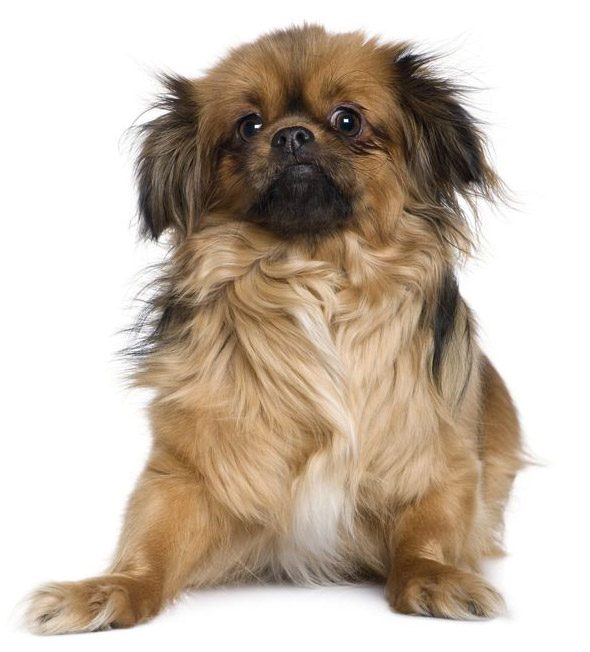
 China (Tibet)
China (Tibet)
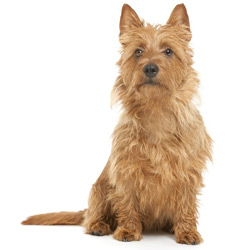
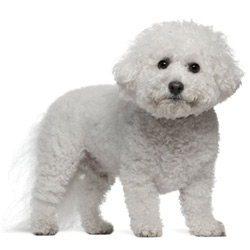

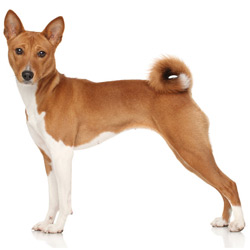
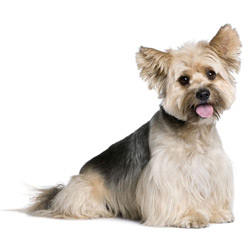
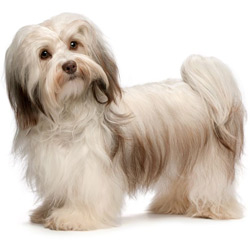
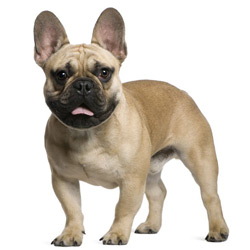

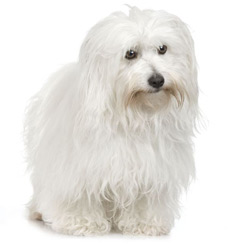
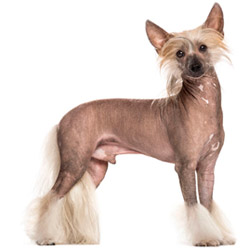
What do you think?